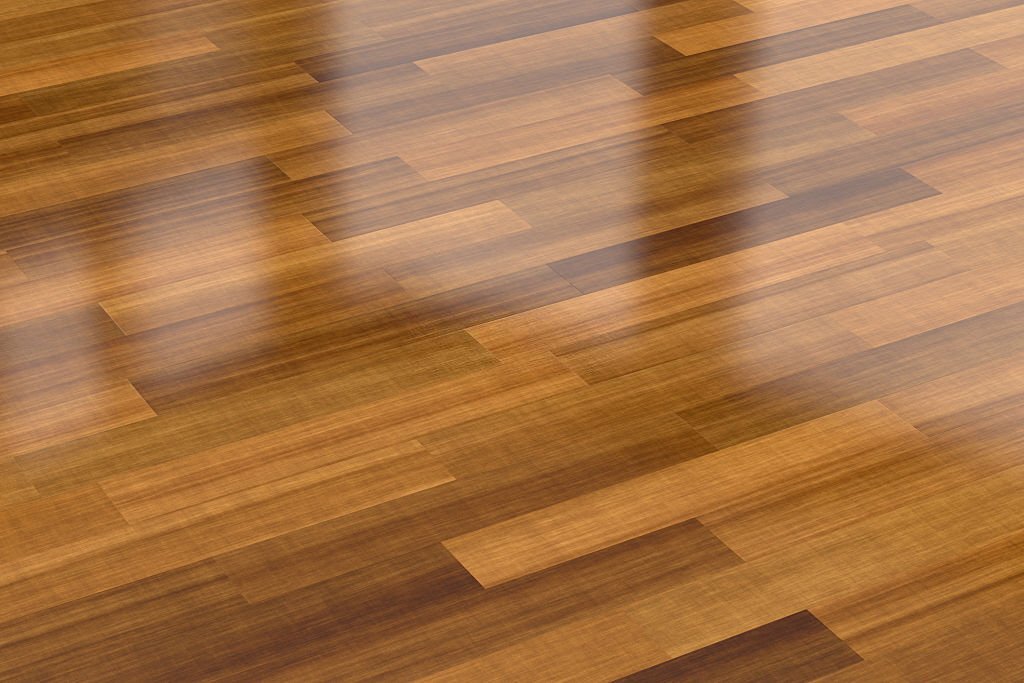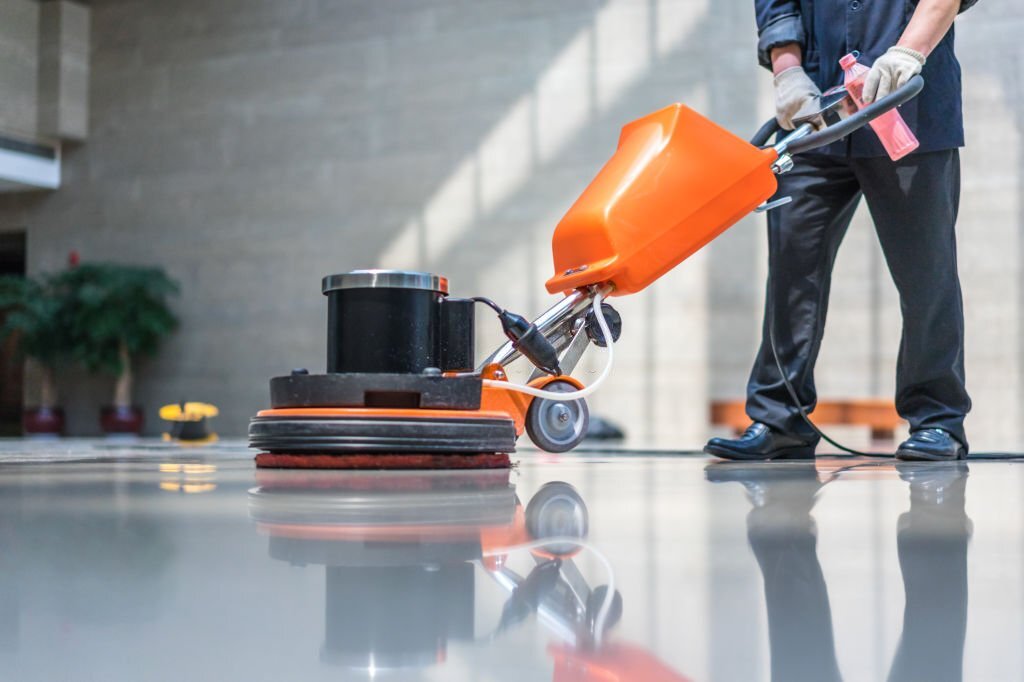Polishing floors is a great way to add shine and luster to surfaces. But is it necessary to use a floor buffer in order to achieve this? Floor buffers are powerful machines that can quickly and effectively polish surfaces like marble, granite, and concrete. They produce an even finish with less effort than traditional cleaning methods such as mopping or scrubbing by hand. So why not just go ahead and invest in one? We’ll explore the reasons why you may or may not need a floor buffer for your particular situation.

Advantages Of Using A Floor Buffer
Using a floor buffer to polish your floors has many advantages. Not only does it provide a deeper, more consistent clean than manual scrubbing and polishing, but it also reduces the amount of time and effort required to complete the task. In addition, buffers can be used with different types of cleaning solutions to tackle even the toughest dirt and grime.
The superior results that come from using a floor buffer make them worth the investment for anyone who wants their floors to look their best. Floor buffers can be rented or purchased, depending on how often you need them. And if used properly, they’re sure to provide excellent results every time.
Disadvantages Of Using A Floor Buffer
Polishing your floors with a floor buffer certainly has its advantages, but it can be a bit of a hassle. First off, the machine is big and bulky, and it can take up a lot of space. It’s also fairly loud, so if you are polishing your floors while people are at home, it may disturb them. Secondly, using a floor buffer requires skill and experience to ensure that you don’t cause any damage to the flooring. You need to make sure you apply the right amount of pressure when pushing the buffer back and forth over the surface. If you’re uncomfortable doing this yourself, you may want to hire a professional for the job. All in all, although using a floor buffer can provide excellent results, there are several things to consider before taking on such an endeavor.
Alternatives To Using A Floor Buffer
Despite the convenience of using a floor buffer for polishing floors, there are several disadvantages to consider. Floor buffers can be noisy and cause disruption in quiet environments such as offices or homes. They can also be challenging to use, requiring some experience and skill. Moreover, they can be expensive to buy or rent and require regular maintenance. Fortunately, there are alternatives available for those who do not wish to use a floor buffer for polishing their floors.
For example, an electric or battery-powered polisher may be used instead. These machines tend to be lighter and easier to control than floor buffers. Additionally, many come with specialized pads that allow users to clean and polish their floors in one go without having to change pads between tasks. Another option is hand-polishing, which requires more time but can still produce excellent results if done properly.
Using a floor buffer is not the only option to polish your floors. It can be a time-consuming and expensive process, so it’s important to weigh all of the pros and cons before making a decision. There are other options available, like waxing or mopping, that may work better for some people depending on the type of flooring they have. Ultimately, it’s up to you to decide what’s best for your floors and budget. Whatever you choose, make sure you take the time to properly care for your floors, and they’ll thank you in return!
Check floor polishing video for more information.

